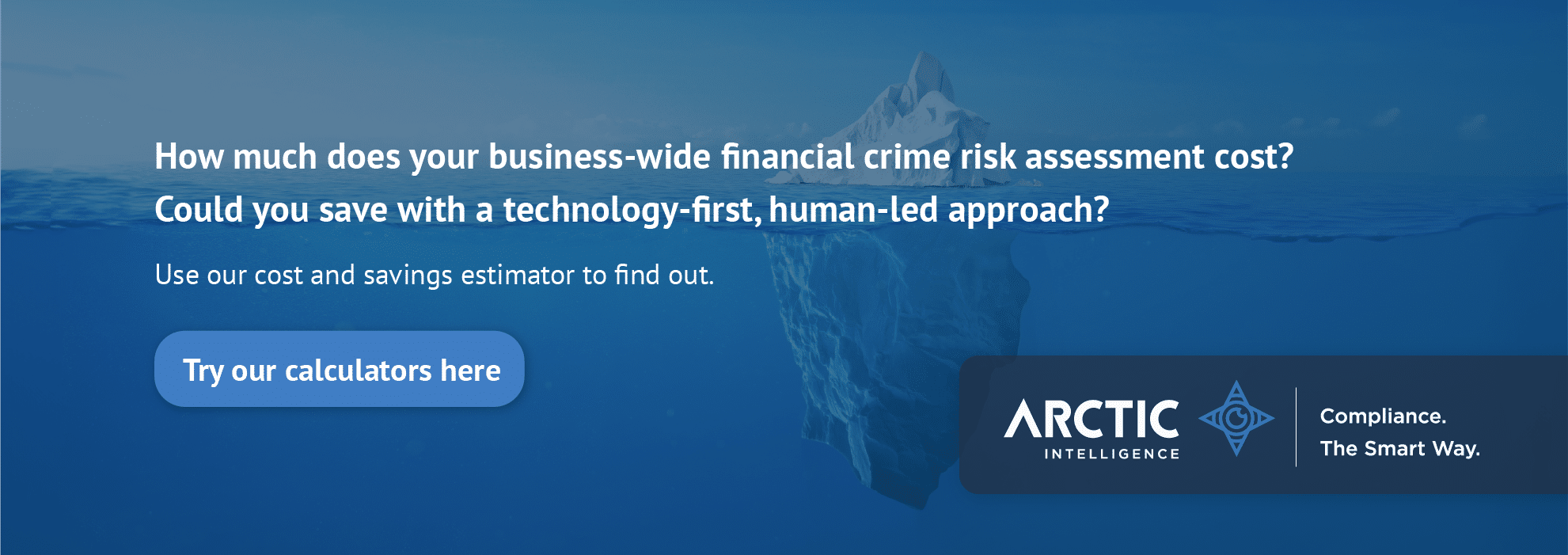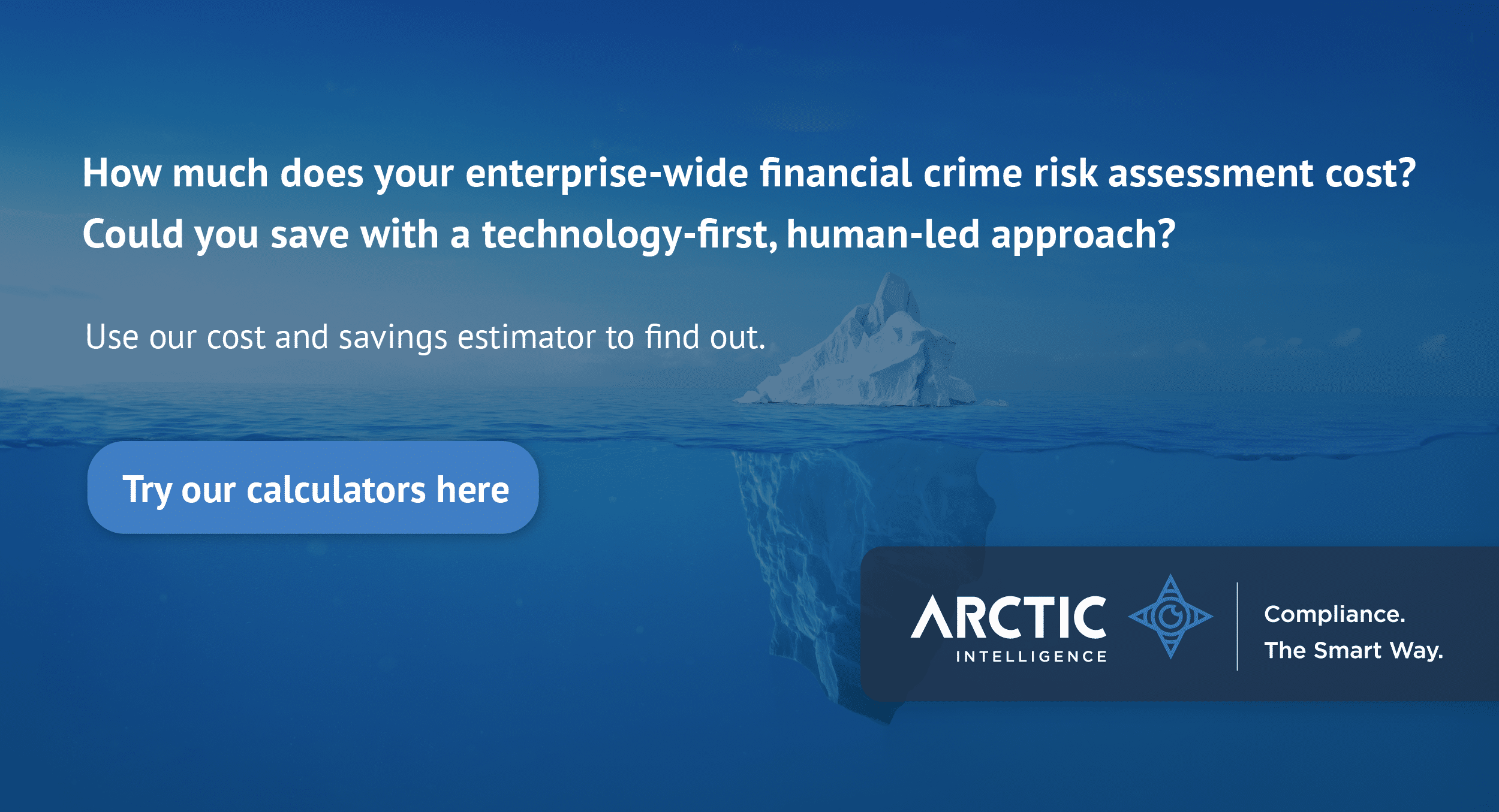Gatekeeper professions—lawyers, accountants, real estate agents, and trust and company service providers (TCSPs)—play an essential role in maintaining the integrity of the global financial system. These professions often facilitate corporate structuring, property transactions, and asset management, making them critical players in efforts to combat financial crime. A key element of these efforts is beneficial ownership transparency, which aims to identify the individuals who ultimately own or control companies, trusts, or other legal entities. This article explores the concept of beneficial ownership, the role of gatekeeper professions, challenges in achieving transparency, and best practices to ensure compliance.
Understanding Beneficial Ownership Transparency
What is Beneficial Ownership?
Beneficial ownership refers to the natural person(s) who ultimately own, control, or benefit from a legal entity, even if the entity is held in the name of another party. Key elements include:
- Ownership: Holding a significant percentage of shares or voting rights.
- Control: Exercising influence over the management or operations of the entity.
- Benefit: Deriving financial or other benefits from the entity’s activities.
Why is Transparency Important?
Lack of transparency in beneficial ownership enables criminals to:
- Launder Money: Use anonymous entities to integrate illicit funds into the legitimate economy.
- Finance Terrorism: Funnel money to support terrorist activities through opaque structures.
- Evade Taxes: Exploit shell companies in offshore jurisdictions to hide assets and income.
- Engage in Corruption: Conceal ownership of assets acquired through bribery or embezzlement.
By ensuring transparency, regulators and gatekeepers can trace illicit financial flows and hold wrongdoers accountable.
The Role of Gatekeeper Professions
1. Lawyers
Lawyers assist in the formation of corporate entities, trusts, and other legal structures. Their responsibilities include:
- Conducting due diligence to identify beneficial owners.
- Advising clients on compliance with beneficial ownership disclosure requirements.
- Reporting suspicious activities to relevant authorities.
Challenges: Balancing client confidentiality with legal obligations to disclose information.
2. Accountants
Accountants play a crucial role in financial reporting and auditing. Their responsibilities include:
- Verifying the ownership structure of clients during audits.
- Identifying discrepancies in financial statements that may indicate hidden ownership.
- Ensuring compliance with tax and financial regulations related to beneficial ownership.
Challenges: Understanding complex ownership structures in multinational entities.
3. Real Estate Agents
Real estate is a common vehicle for laundering illicit funds. Real estate agents must:
- Verify the identity of buyers and sellers.
- Identify the source of funds used in property transactions.
- Conduct due diligence on corporate buyers to identify beneficial owners.
Challenges: Detecting hidden ownership in high-value property transactions.
4. Trust and Company Service Providers (TCSPs)
TCSPs are often involved in creating and managing corporate entities and trusts. Their responsibilities include:
- Identifying and verifying beneficial owners of entities under their management.
- Maintaining accurate records of ownership information.
- Ensuring compliance with reporting obligations.
Challenges: Navigating differing disclosure requirements across jurisdictions.
Global Regulatory Frameworks
1. Financial Action Task Force (FATF)
The FATF’s Recommendations set the global standard for AML/CTF compliance. Specific to beneficial ownership, FATF Recommendation 24 requires countries to:
- Maintain accurate and up-to-date beneficial ownership information.
- Ensure this information is accessible to regulators and law enforcement agencies.
- Impose penalties for non-compliance.
2. European Union Directives
The EU’s AML Directives include robust measures for beneficial ownership transparency:
- Central Registers: Member states must maintain public registers of beneficial owners.
- Access for Authorities: Regulators and FIUs have direct access to beneficial ownership information.
- Enhanced Due Diligence (EDD): Mandatory for high-risk transactions and entities.
3. United States Regulations
The Corporate Transparency Act (CTA) requires entities to report beneficial ownership information to FinCEN. Key provisions include:
- Filing Requirements: Reporting entities must disclose beneficial owners during formation and periodically thereafter.
- Penalties for Non-Compliance: Significant fines and penalties for failing to provide accurate information.
4. International Cooperation
Organisations such as the Egmont Group and the United Nations Office on Drugs and Crime (UNODC) facilitate international cooperation to improve beneficial ownership transparency.
Challenges in Achieving Beneficial Ownership Transparency
1. Complex Ownership Structures
Criminals often use layered ownership structures, nominee directors, and offshore entities to obscure beneficial ownership.
2. Jurisdictional Differences
Inconsistent disclosure requirements across jurisdictions create loopholes that criminals exploit.
3. Limited Access to Information
Gatekeepers may struggle to access reliable and accurate information, particularly in jurisdictions with weak regulatory frameworks.
4. Resource Constraints
Small and medium-sized firms may lack the resources to implement robust compliance programs.
Best Practices for Gatekeepers
1. Leverage Technology
Use advanced tools such as:
- KYC Software: Automates the verification of client identities and beneficial ownership.
- Blockchain Analytics: Enhances transparency in cryptocurrency transactions.
- Data Aggregation Tools: Consolidates information from multiple sources for comprehensive risk assessments.
2. Conduct Enhanced Due Diligence (EDD)
Apply EDD for high-risk clients and transactions by:
- Verifying the identity of UBOs.
- Requesting additional documentation to confirm ownership.
- Monitoring ongoing transactions for unusual patterns.
3. Collaborate with Regulators
- Maintain open communication with FIUs and regulatory authorities.
- Participate in public-private partnerships to share insights and best practices.
4. Foster a Culture of Compliance
- Regularly train staff on beneficial ownership transparency requirements.
- Encourage proactive reporting of suspicious activities.
- Establish clear internal policies for managing ownership information.
Conclusion
Beneficial ownership transparency is a cornerstone of global efforts to combat financial crime. Gatekeeper professions play a critical role in ensuring compliance by identifying and verifying UBOs, maintaining accurate records, and reporting suspicious activities. While challenges persist, adopting best practices, leveraging technology, and fostering collaboration with regulators can help gatekeepers navigate the complexities of beneficial ownership transparency. By doing so, they not only fulfill their legal obligations but also contribute to a more secure and transparent global financial system.



